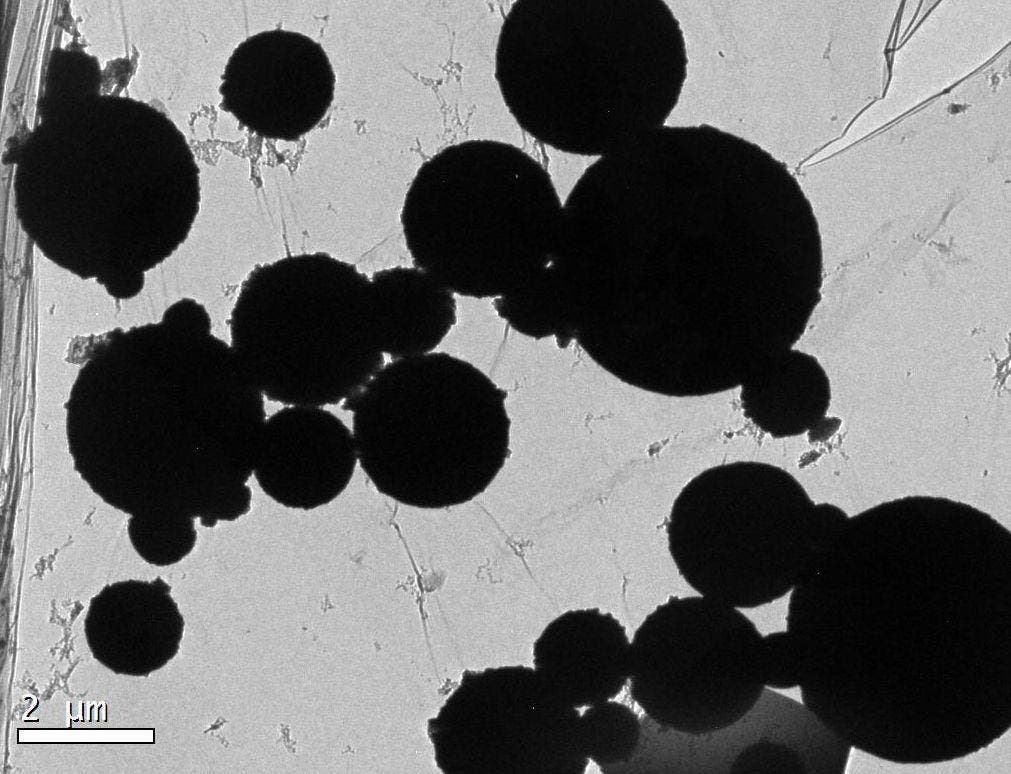Tiny pollution particles have been discovered in brain samples, a finding described as “dreadfully shocking” by researchers.

The team analysed samples of brain tissue from 37 people – 29 from Mexico City, a city notorious for its pollution. The other 8 came from Manchester, from people who suffered from some kind of neurodegenerative disease. Inside samples of their brains, scientists found traces of magnetite – magnetic nanoparticles. With the chemical formula is Fe3O4, magnetite is one of the oxides of iron.
The lead author of the research paper, Prof Barbara Maher had previously discovered similar particles in samples of air gathered beside a busy road in Lancaster and outside a power station. She suspected some of these particles might make their way to the brain, and that’s exactly what happened.
“It’s dreadfully shocking. When you study the tissue you see the particles distributed between the cells and when you do a magnetic extraction there are millions of particles, millions in a single gram of brain tissue – that’s a million opportunities to do damage.”
Magnetite particles are generally jagged and rough around the edges, but these particles were very smooth, with crystal-like structures around their edges. Magnetite does occur naturally in the brain, as Joe Kirschink, a researcher at Cal Tech proved in 1992. But for every natural particle, researchers found 100 extra ones from pollution. The analysis also didn’t reveal a straightforward pattern.
“The recognition that nanoparticles of industrially-generated magnetite are able to make their way into the brain tissues is disturbing,” said Kirschink.
At the moment, the potential damage these particles could do is not thoroughly understood Prof Maher added:
“It’s a discovery finding. It’s a whole new area to investigate to understand if these magnetite particles are causing or accelerating neurodegenerative disease.”
However, while nothing is proven yet, there is good reason to believe that these particles could damage the brain. Prof David Allsop, a specialist in Alzheimer’s and other neurodegenerative diseases, is a co-author of the study and he believes this could be an “important risk factor,” especially for Alzheimer’s disease:
“There is no absolutely proven link at the moment but there are lots of suggestive observations – other people have found these pollution particles in the middle of the plaques that accumulate in the brain in Alzheimer’s disease so they could well be a contributor to plaque formation.”
“We already know oxidative damage contributes to brain damage in Alzheimer’s patients so if you’ve got iron in the brain it’s very likely to do some damage. It can’t be benign.”






